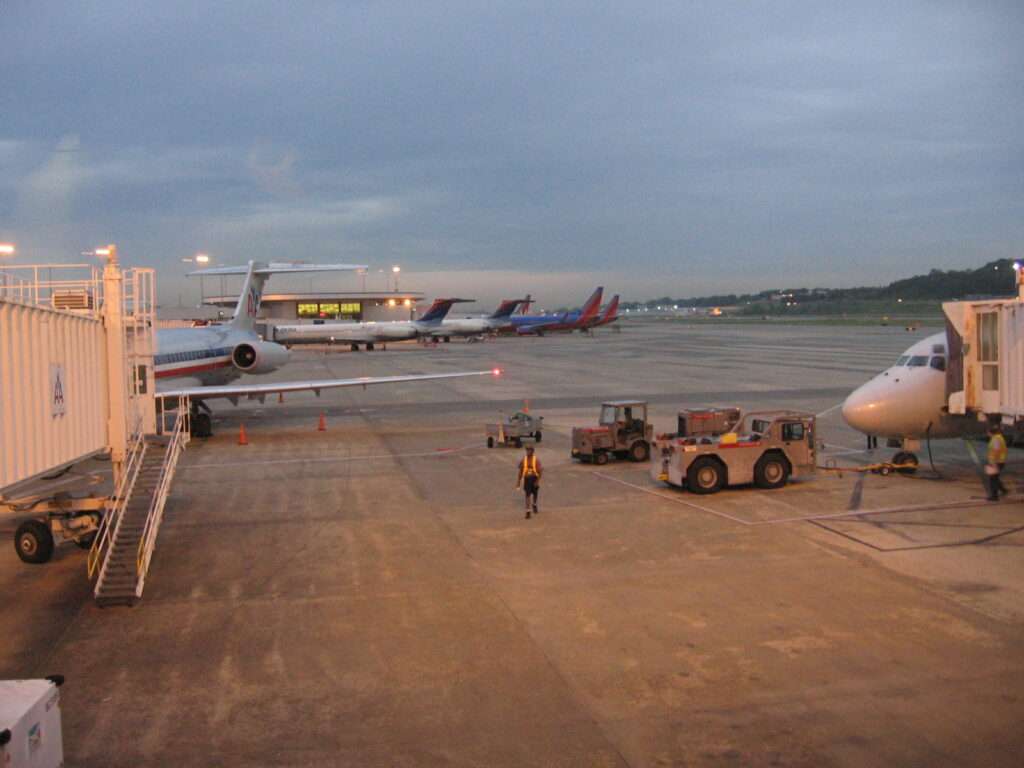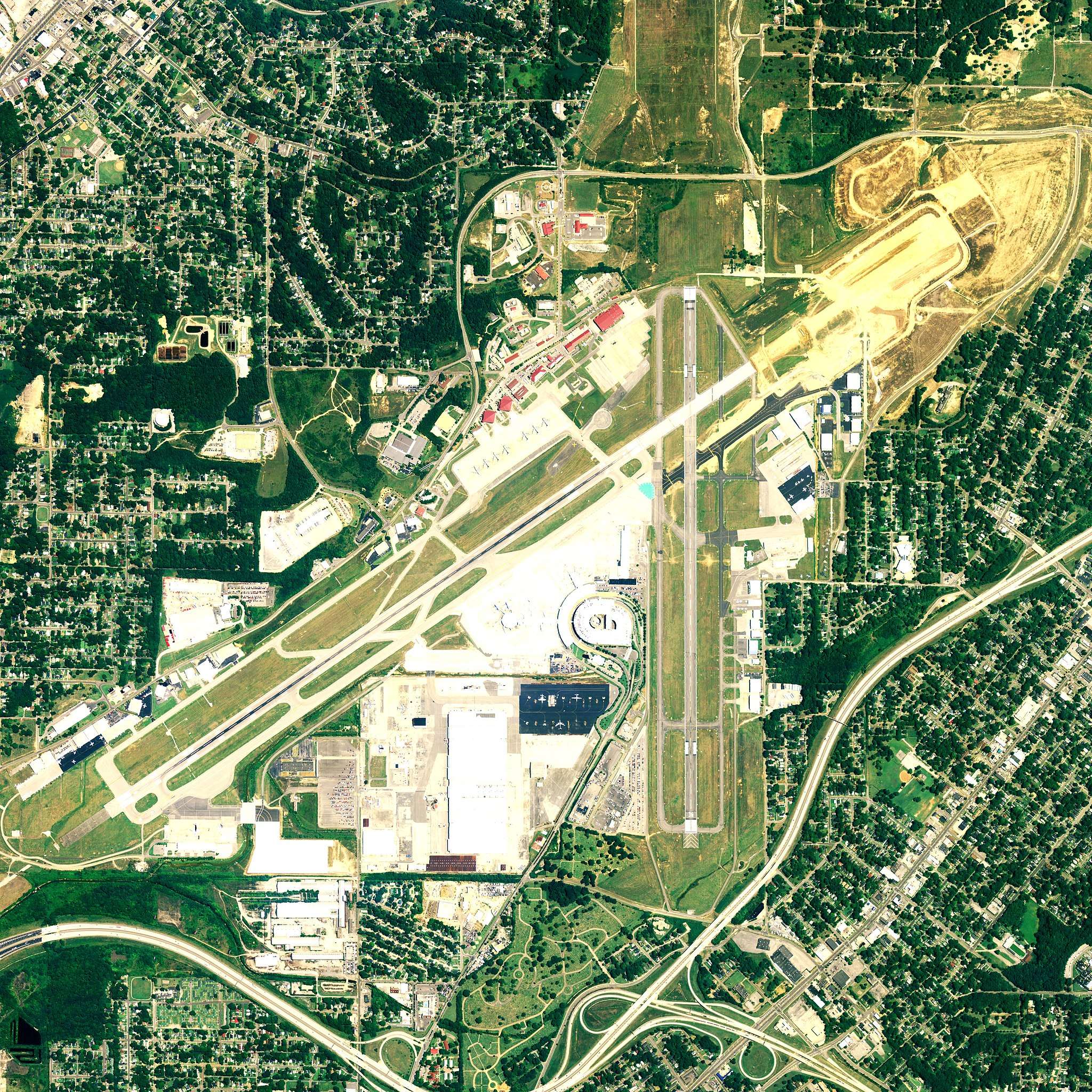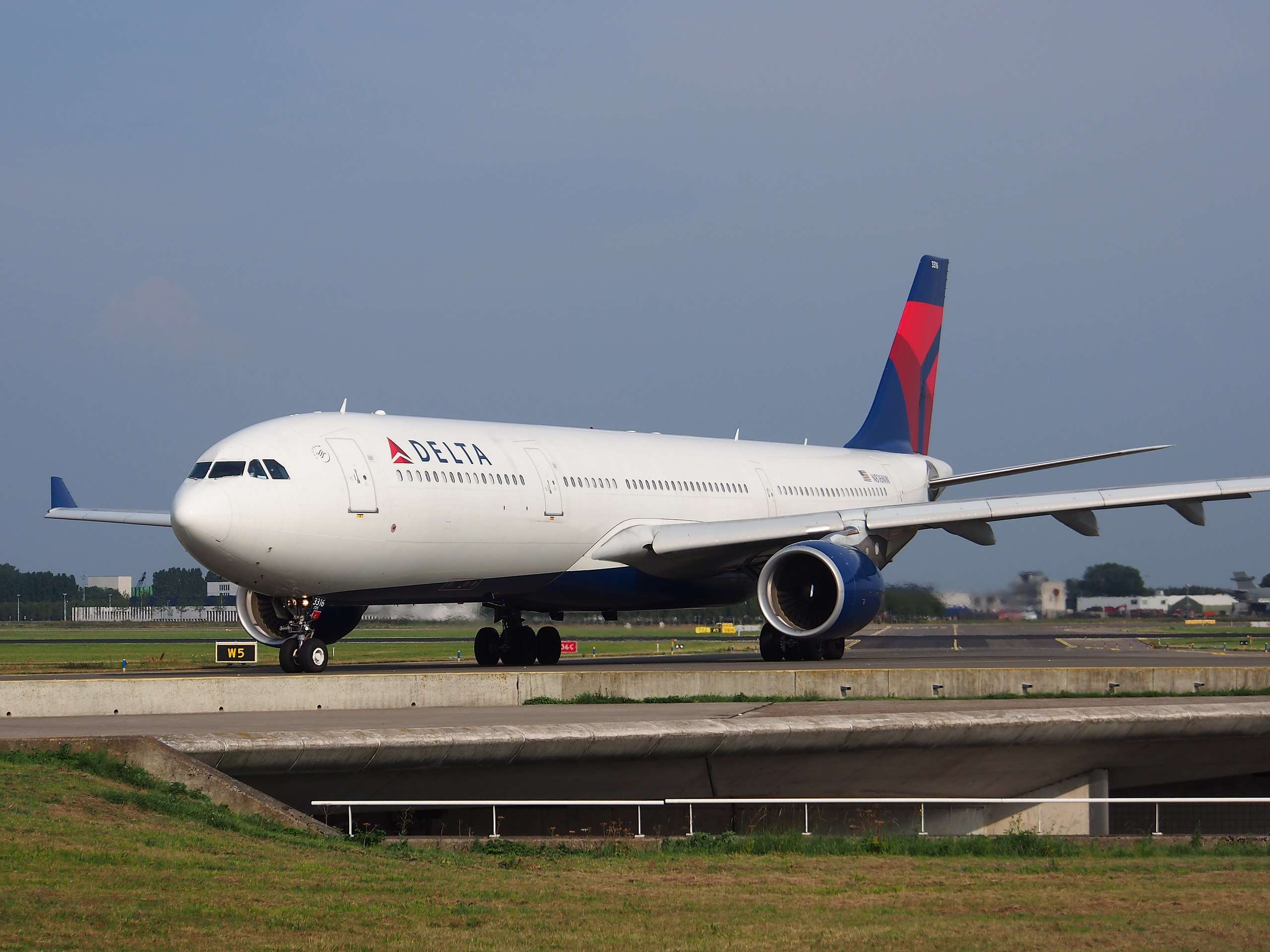Birmingham-Shuttlesworth International Airport (BHM) boasts a rich history intertwined with the growth of Birmingham, Alabama.
Originally a modest airfield, it has evolved into a vital transportation hub connecting the city to domestic and international destinations.
This article explores the airport’s journey, from its early days as a municipal airport to its current status as a modern international gateway.
Taking Flight: The Early Years (1931-1948)
The story of BHM begins in 1931.
Recognizing the growing importance of air travel, the city of Birmingham embarked on constructing a municipal airport.
On May 31st of that year, the airport, then simply called Birmingham Airport, officially opened its doors with a single east-west runway and a two-story Georgian-style terminal.
The arrival of American Airlines marked the dawn of commercial passenger service in the city.
Just three years later, Eastern Airlines joined the roster, necessitating the construction of a second runway to accommodate increasing air traffic.
The outbreak of World War II significantly impacted the airport’s trajectory.
In 1942, the United States Army Air Forces leased the facility for a symbolic $1 to support the war effort.
During this period, Birmingham Airport served as a training ground for pilots and housed wartime production activities.
However, this shift also meant a temporary halt to civilian air travel.
Post-War Growth and the Jet Age (1948-1993)
Following the war’s conclusion in 1948, the airport returned to civilian control.
This period witnessed renewed growth in both passenger and cargo services.
Southern Airways and Capitol Airways established operations at Birmingham, and the existing runway was extended to accommodate larger aircraft.
A significant development occurred in the late 1950s when Capitol Airways merged with United Air Lines, ushering in the era of jet travel at Birmingham Airport.
The increasing demand for air travel necessitated further infrastructure improvements.
A new air traffic control tower was constructed in 1962, followed by the completion of a modern two-story terminal building in 1973.
This new terminal boasted 15 aircraft gates and a parking deck, signifying a significant step up from the airport’s earlier, more modest facilities.
Reaching New Heights: International Expansion and Modernization (1993-Present)
By the early 1990s, Birmingham Airport had established itself as a major regional hub.
The addition of flights to Canada and Mexico prompted a name change in 1993, reflecting the airport’s expanding reach.

It was officially christened Birmingham International Airport (BIA).
This period also saw a major terminal renovation project completed in 1993, reflecting the airport’s commitment to providing a modern and comfortable passenger experience.
The late 1990s and early 2000s were marked by further growth.
The airport reached a peak in 2000 with over 3 million passengers served and numerous non-stop and connecting flight options.
However, the tragic events of September 11th, 2001, significantly impacted the airline industry nationwide.
Birmingham International Airport was not immune, experiencing a period of decreased passenger traffic.
Despite these challenges, the airport demonstrated resilience.
2005 Onwards…
By 2005, passenger numbers had rebounded, exceeding the previously set record.
Further demonstrating its commitment to growth, Birmingham International Airport embarked on a bold Terminal Modernization Project in 2011.
This project significantly expanded terminal space, allowing for increased flight options and passenger capacity.

In recognition of its commitment to sustainable practices, Birmingham-Shuttlesworth International Airport received LEED Gold Certification in 2016.
This prestigious designation highlighted the airport’s efforts to reduce its environmental footprint.
The most recent chapter in BHM’s history is marked by the airport’s name change in 2008.
It was renamed Birmingham-Shuttlesworth International Airport to honor the Reverend Fred Shuttlesworth, a prominent figure in the American Civil Rights Movement in Alabama.
This change reflects the airport’s commitment to inclusivity and its role in connecting people from all walks of life.
Today, Birmingham-Shuttlesworth International Airport, Alabama remains a critical transportation hub for Birmingham and the surrounding region.
It offers a wide range of domestic and international flights, catering to both business and leisure travelers.
Looking ahead, BHM is poised for continued growth, playing a vital role in connecting the Magic City to the world.

Click the banner to subscribe to our weekly newsleter.

Click the photo to join our WhatsApp channel so then you can stay up to date with everything going on in the aviation industry!















+ There are no comments
Add yours